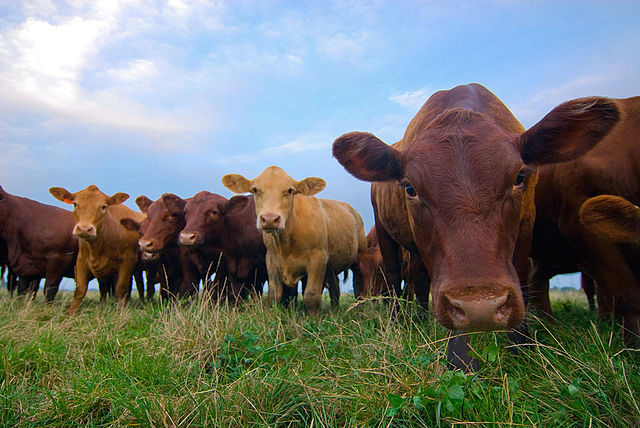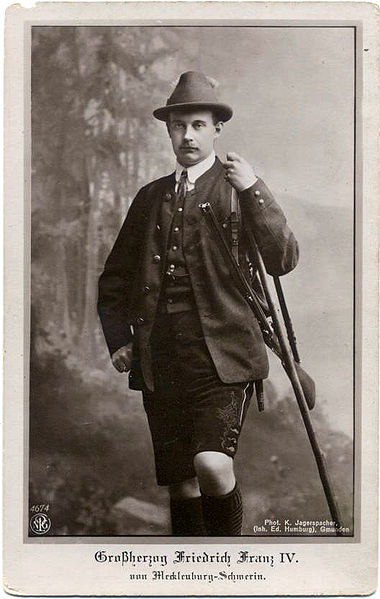
It would be blatantly dishonest to suggest that my attraction to Jain was not closely tied to Jain's most conspicuous ethical feature: ahimsa (the symbol for which is pictured on the left). Ahimsa, as a principle, corresponds closely to Western ideas like pacifism, non-violence, or non-harm, though--as with all peculiarly foreign concepts--it would be wrong to simply equate it with any of these. It is, in some respects, a richer and more comprehensive understanding of nonviolence than is found in many Western streams of pacifist thought. At other times, however, it lends itself to a shallower and more thoroughly material understanding of non-violence that Christianity may, at times, legitimately critique. The primary text to be examined on the question of ahimsa is the Sutrakrtanga written by Sudharma, a sixth century B.C. Jain monk.
The serious, even extreme, nature of Jain non-violence is immediately apparent both to the casual observer of Jain monks and to the casual reader of Jain texts. Sudharma specifies that the principle of "non-killing" should extend to all "living beings whether they move or not, on high, below and on earth." He criticizes Buddhist monks for not following this principle: "Eating seeds and drinking cold water and what has been prepared for them, they enter upon meditation, but are ignorant of of the truth and do not possess carefulness." The true practitioner of Jain strives not to destroy even the microscopic life that exists in water or to unthinkingly consume life simply because it has been offered as alms. Even admitting that some inadvertent killing is inevitable in life, the Jain monk takes extreme measures to avoid it and is penitent when he falls short. This is reflected in the First of the Mahavrata, or Five Great Vows, of Jain: "I renounce all killing of living beings, whether subtle or gross, whether movable or immovable. Nor shall I myself kill living beings (nor cause others to do it, nor consent to it). As long as I live, I confess and blame, repent and exempt myself of these sins, in the thrice threefold way, in mind, speech, and body."
One of the most interesting common focuses of ahimsa and Christian non-violence is the way each faith explicitly extends the definition of violence beyond mere action. Both in the Mahavrata and the Sutrakirtanga, Jain teachers emphasize that it is not enough merely to avoid killing. One must vow to neither cause it nor consent to others doing it; "Master of his senses and avoiding wrong, he should do no harm to anybody, neither by thoughts, nor words, nor acts." This translation of active sin into the heart of the sinner was the ethical revolution which Jesus brought to Judaism in the Sermon on the Mount. In his initial volley with the Pharisees and their legalistic application of the Law, Jesus takes up the question of murder: "You have heard that it was said to those of old, 'You shall not murder; and whoever murders will be liable to judgment.' But I say to you that everyone who is angry with his brother will be liable to judgment; whoever insults his brother will be liable to the council; and whoever says, 'You fool!' will be liable to the hell of fire." In the strongest possible terms, Jesus insists that it is not enough to merely not act in violence, which may be avoided simply for fear of the consequences or cowardice or lack of opportunity. As he will explain in the next passage with regard to lust, the very inclination to violence is a spiritual act of violence. In both Christianity and Jain we find a more comprehensive form of non-violence than contemporary political forms of pacifism offer. To commit to non-violence requires a total transformation not only of what one does but also how one thinks and how one experiences the world.
The most most substantial practical difference between Jain and Christianity should be obvious: Christians, overwhelmingly, don't have a problem killing, cooking, and eating animals. Jain, in contrast, takes its version of the golden rule and applies it indiscriminately to all life: "...a man should wander about treating all creatures in the world so as he himself would be treated.” It is here where the Jain tradition offers its most pertinent critique of Christianity. Let me immediate clarify that I am by no means commending the wearing of protective masks, the methodical sweeping of the ground wherever one walks, or even thoroughgoing vegetarianism. Jesus was almost certainly not a vegetarian, and he certainly didn't insist that his followers practice it.
Quite the opposite. There is, however, an extent to which Christians have historically taken too great a license with the teaching that humanity has "dominion over" creation. It is critical that Christians remember that humans were not created distinct
from creation but distinct
within creation, and that our dominion is intended to be as regents of God. There is no reason that Christians should adopt the Jain version of the golden rule and follow it down the path toward ethical vegetarianism (among other applications of ahimsa), but we may appropriate reformulate it as to heighten our own sense of duty within creation: rather than "treat all living things as you would want to be treated," perhaps, "govern creation as you would expect God to govern it."
The reason Christianity does not accept the Jain understanding of the at least apparent scope of non-violence is because Jain has, in some sense, a more superficial understanding of what violence is and at what it may directed. Jain seems to understand ahimsa as applying to primarily acts of physical violence against biological life. Ahimsa is not as stridently applied to issues, for example, of economic, social, environmental (in a non-biological sense), and institutional violence which Christianity has stressed with varying degrees throughout its history. Peace is, for both Christianity and Jain, among the highest if not the very highest ideal, but in Christianity, the idea of peace is much more than merely non-harm toward life. It is an image of physical and metaphysical harmony where all creation is finally it accord with the Creator. Peace is the narrative of Micah 4, where in addition to the cessation of war all people flock to the mountain of God to receive instruction there and obedience to God becomes the hallmark of human existence. In this vision, as in so many other images of eschatological peace, the earth still gives up its fruit for the sustenance of all life as God had always intended it to, and in the eating of it there is no hint of violence. Thus, even while the Jain emphasis on peace as the ultimate goal appeals to Christians and teachings such as "the enlightened ones that were, and the enlightened ones that will be, they have Peace as their foundation, even as all things have the earth for their foundation" resonate, it must always be remembered that the peace of God is something more than non-violence. It is a peace which surpasses understanding, one which is better summed up in the parallelism of
the psalm "Turn away from evil and do good; seek peace and pursue it" than in the teaching of Sudharma, "He should cease to injure living beings...for this has been called the Nirvana, which consists in peace."







